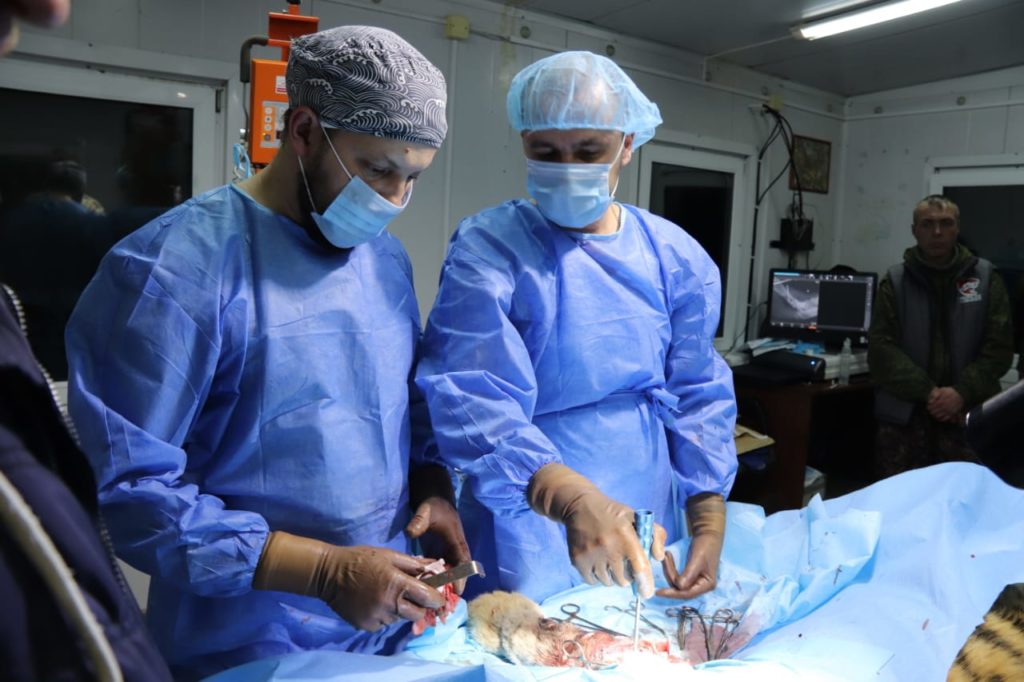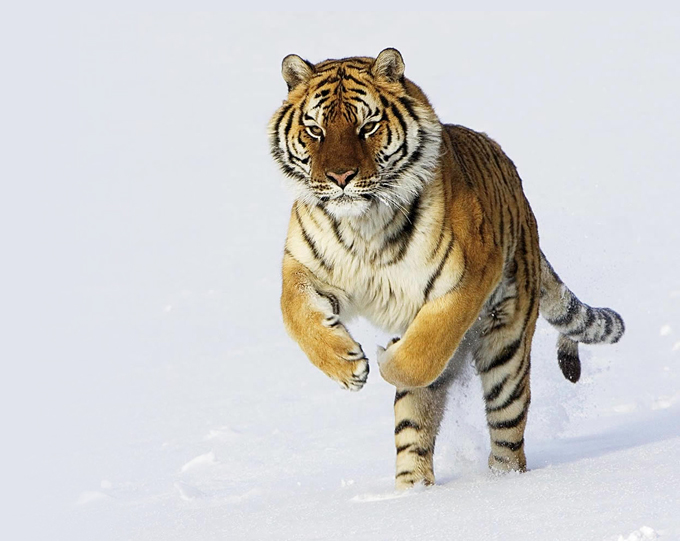

Project Name: Amur Tiger Conservation in Lazovsky Zapovednik and Adjacent Areas
Location: The project is in SE Primorsky Krai in the Lazo area, which includes Lazovsky Zapovednik (State Nature Reserve), the nearby Zov Tigra National Park, and a privately-managed hunting lease located between LZ and ZT.
Goal: ZSL works with Lazovsky Zapovednik (LZ), in collaboration with Phoenix Fund and WCS, and more recently in Zov Tigra (ZT) to develop a holistic programme that integrates anti-poaching management with tiger monitoring.
Objective 1: Assess the effectiveness of the conservation strategies by supporting long term population monitoring of Amur tigers in the protected areas of United Administrations of Lazovsky Zapovednik and Zov Tigra National Park, and the adjoining hunting leases
Objective 2: Reinforce the Spatial Monitoring and Reporting Tool (SMART) approach to enforce anti-poaching, including the use of SMART software, rapid response teams, and Forest Eyes Initiative, which uses camera trap technology to monitor illegal human trespassing in protected areas.
Objective 3: Build conservation and wildlife health capacity within Far Eastern Russia by monitoring disease threats, training veterinary students and contributing veterinary expertise for tiger and leopard rehabilitation at PRNCO tiger centre or with other government authorities to minimize the threat of disease and aid in rehabilitations to wild tigers under care and future reintroduced leopards.
Objective 4: Continue public outreach and communication efforts, both through events at local schools nurturing an appreciation for tigers and support for their conservation; and developing publications on long-term tiger population monitoring since 2007.
Background: One of the largest cats in the world, the Amur tiger is found primarily in the Russian Far East, although a few may range across the borders into China and North Korea. Prey density is naturally low in Russia, meaning Amur tigers need very large home ranges (up to 200 – 450 km2 for females and over 1000 km2 for males). Lazovsky Zapovednik (LZ) and the adjacent Zov Tigra (ZT) National Park, which in 2014 were merged to create the United Lazovsky State Nature Zapovednik and Zov Tigra National Park, form a cluster of federally protected areas that are key habitat for Amur tigers; LZ is considered a core Amur tiger breeding area, with 1-3 litters recorded annually. LZ and ZT are linked by privately managed hunting leases and several small villages, so tigers moving between them are vulnerable to human activities.
ZSL’s work is having significant conservation results, including:



